Home>Gardening & Outdoor>Landscaping Ideas>What Does Grass Going To Seed Look Like
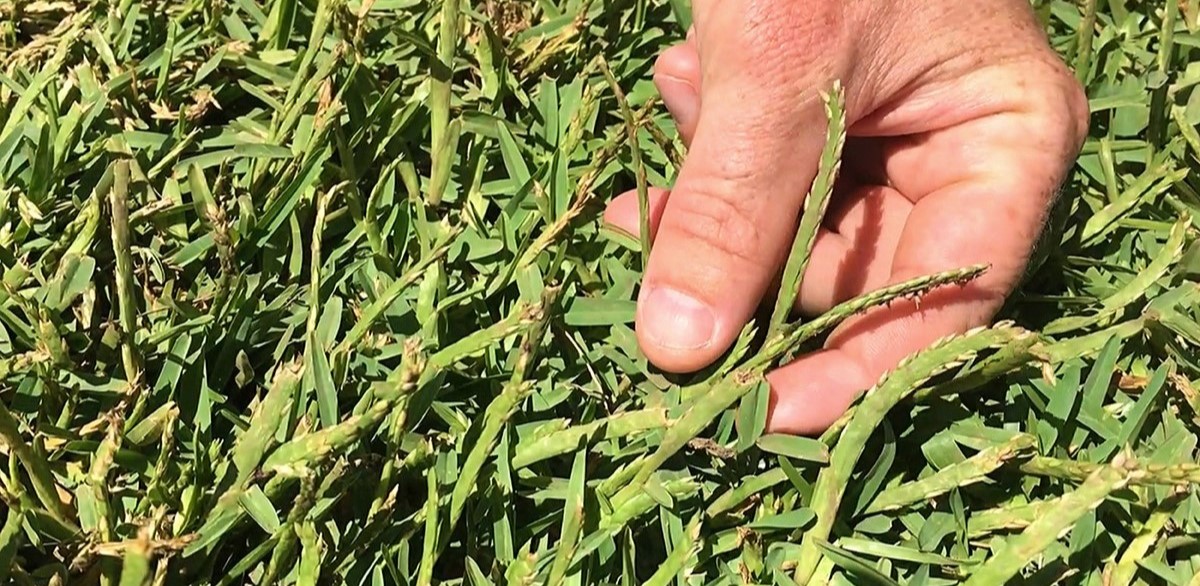

Landscaping Ideas
What Does Grass Going To Seed Look Like
Modified: February 18, 2024
Learn what grass going to seed looks like and how it can impact your landscaping ideas. Find out how to manage grass going to seed effectively.
(Many of the links in this article redirect to a specific reviewed product. Your purchase of these products through affiliate links helps to generate commission for Storables.com, at no extra cost. Learn more)
**
Introduction
**
When it comes to landscaping, understanding the life cycle of grass is essential for maintaining a healthy and vibrant lawn. One crucial stage in this cycle is when grass goes to seed. This process not only affects the appearance of your lawn but also plays a significant role in its overall health and sustainability. In this article, we will delve into the characteristics of grass going to seed, how to identify it, the benefits it offers, and effective strategies for managing it. By gaining insights into the intricacies of this natural phenomenon, you will be better equipped to care for your lawn and appreciate the beauty of its various stages. Let's embark on a journey to explore the fascinating world of grass going to seed.
**
Key Takeaways:
- Grass going to seed brings unique changes to your lawn, like seed heads and a wilder appearance, adding natural charm and supporting biodiversity.
- By managing grass going to seed with selective trimming and proper watering, you can maintain a healthy lawn while embracing its natural beauty.
Read more: What Does Crabgrass Look Like
Characteristics of Grass Going to Seed
**
As grass enters the phase of going to seed, several distinct characteristics become noticeable, signifying this crucial stage in its life cycle. One of the most prominent features is the development of seed heads, which are the flowering structures of grass plants. These seed heads vary in appearance depending on the grass species, ranging from delicate and feathery to compact and spike-like.
Additionally, the color of the grass may change as it goes to seed, with some varieties exhibiting a subtle shift towards a lighter or more golden hue. The texture of the grass blades can also undergo a transformation, becoming slightly coarser or developing a more wiry feel as the plant channels its energy into the seed production process.
Another notable characteristic of grass going to seed is the tendency for the lawn to appear slightly unkempt or wild, as the focus shifts from lush greenery to the reproductive phase of the grass. This shift in appearance can add a touch of natural charm to the landscape, creating a visually dynamic and evolving outdoor space.
Furthermore, the overall growth pattern of the grass may change, with a greater emphasis on vertical growth as the seed heads emerge. This can contribute to a slightly uneven or textured look across the lawn, marking the transition from a purely ornamental landscape to one that embraces the natural rhythms of the plant life within it.
Understanding these characteristics is pivotal in recognizing the unique beauty and significance of grass going to seed. It offers a glimpse into the intricate workings of nature and serves as a reminder of the cyclical nature of growth and renewal within the landscape.
**
Identifying Grass Going to Seed
**
Identifying grass that is going to seed involves keen observation and an understanding of the visual cues associated with this stage of the grass’s life cycle. One of the primary indicators is the emergence of seed heads atop the grass blades. These seed heads can vary widely in appearance, from wispy and delicate to more robust and compact, depending on the specific grass species.
Another key characteristic to look for is the change in color and texture of the grass blades. As the plant directs its energy towards seed production, the blades may take on a lighter or golden tint, and their texture may become slightly coarser or more wiry. This shift in color and texture can be particularly noticeable when compared to the surrounding grass that has not yet gone to seed.
Furthermore, observing the growth pattern of the grass can provide valuable clues in identifying the transition to the seed-producing phase. Grass that is going to seed may exhibit a more pronounced vertical growth, leading to a slightly uneven or textured appearance across the lawn. This departure from the uniform growth pattern of non-seeding grass is a telling sign of the plant’s reproductive focus.
It is also important to pay attention to the overall aesthetic of the lawn during this stage. Grass that is going to seed often takes on a slightly untamed or natural appearance, offering a departure from the manicured look of a purely ornamental landscape. Embracing this natural charm and the evolving dynamics of the grass can enhance the visual interest and character of the outdoor space.
By honing your ability to identify grass going to seed, you can develop a deeper appreciation for the intricate processes at play within your lawn. This heightened awareness allows you to connect with the natural rhythms of the landscape and gain a deeper understanding of the life cycle of grass, enriching your overall landscaping experience.
**
When grass is going to seed, you will see tall, slender stalks with small, fluffy seed heads at the top. This is a natural part of the grass’s life cycle and is a sign that it is reproducing.
Benefits of Grass Going to Seed
**
While the sight of grass going to seed may prompt some homeowners to reach for the lawnmower, this natural phase of the grass’s life cycle offers several noteworthy benefits for the overall health and vitality of the lawn. Understanding and appreciating these advantages can lead to a more holistic approach to lawn care and landscape management.
-
Natural Regeneration: Grass going to seed is a fundamental aspect of its natural regeneration process. By allowing the grass to complete this phase undisturbed, you facilitate the production of new seeds, which can contribute to the ongoing health and resilience of the lawn. These seeds serve as the foundation for future growth, aiding in the replenishment and rejuvenation of the grass cover.
-
Biodiversity Support: Allowing grass to go to seed promotes biodiversity within the landscape. The seed heads provide a valuable food source for various wildlife, including birds and small mammals. This fosters a balanced ecosystem within the lawn, contributing to the overall ecological health of the outdoor environment.
-
Soil Protection: The presence of seed heads and the natural growth process of grass going to seed can offer protective benefits for the soil. The increased vertical growth and the development of seed heads provide a level of coverage and insulation for the soil, helping to shield it from excessive sunlight and potential erosion. This can be particularly beneficial in areas where the grass cover is sparse or where soil erosion is a concern.
-
Aesthetic Appeal: Embracing the natural beauty of grass going to seed can add a touch of visual interest and diversity to the landscape. The emergence of seed heads and the subtle change in color and texture contribute to a dynamic and evolving aesthetic, creating a more natural and authentic outdoor environment. This departure from the traditional manicured lawn aesthetic can infuse the landscape with a sense of organic charm and vitality.
By recognizing and embracing the benefits of grass going to seed, homeowners can cultivate a deeper appreciation for the intricate role that this phase plays in the overall health and vibrancy of their lawn. This perspective encourages a more harmonious and sustainable approach to lawn care, allowing the natural processes of the grass to unfold and contribute to the beauty of the outdoor space.
**
How to Manage Grass Going to Seed
**
Managing grass that is going to seed involves a balanced approach that respects the natural life cycle of the grass while also addressing practical considerations for lawn maintenance. By integrating thoughtful strategies, homeowners can optimize the benefits of this phase while ensuring that the lawn remains healthy and visually appealing.
-
Selective Trimming: Instead of mowing the entire lawn, consider selective trimming to maintain a harmonious appearance while allowing the majority of the grass to go to seed. Focus on tidying up the edges and any areas where the grass growth appears unruly, while leaving the central portion of the lawn relatively undisturbed. This approach strikes a balance between managing the lawn’s appearance and supporting the natural seeding process.
-
Timing of Maintenance: Pay attention to the timing of lawn maintenance activities to coincide with the grass’s life cycle. If possible, schedule major mowing sessions prior to the onset of the seed production phase. This allows the grass to grow and develop without interruption, maximizing its potential for seed production. Additionally, consider delaying major maintenance activities until after the peak seed production period to avoid disrupting this crucial phase.
-
Seed Collection: If there are specific areas where grass going to seed is particularly prolific, consider collecting some of the seeds for potential future use. This can involve gently gathering the seed heads and storing them in a cool, dry place for later propagation. By engaging in selective seed collection, you can harness the natural reproductive capacity of the grass to enhance specific areas of the lawn or to save seeds for future lawn restoration or enhancement projects.
-
Appropriate Watering: Providing adequate water during the seed production phase can support the grass’s reproductive efforts and contribute to the development of healthy seeds. Monitor the moisture levels in the soil and adjust your watering schedule as needed to ensure that the grass has the resources it needs to complete this vital stage of its life cycle. Proper hydration can enhance seed viability and promote robust seed development.
By implementing these strategies, homeowners can effectively manage grass going to seed, fostering a balanced approach that supports the natural life cycle of the grass while maintaining a well-groomed and visually appealing lawn. This thoughtful management approach allows the lawn to thrive while embracing the beauty and benefits of the seed production phase.
**
Read more: What Does Calendula Seeds Look Like
Conclusion
**
Grass going to seed is a captivating phase in the life cycle of the lawn, offering a glimpse into the natural rhythms and processes that shape the landscape. By recognizing the characteristics of grass going to seed, understanding its significance, and implementing thoughtful management strategies, homeowners can cultivate a deeper appreciation for this essential stage of the grass’s growth.
Embracing the visual cues of grass going to seed, from the emergence of seed heads to the subtle changes in color and texture, allows individuals to connect with the inherent beauty and resilience of the natural world. This phase not only contributes to the regenerative capacity of the lawn but also supports biodiversity and offers protective benefits for the soil.
Effective management of grass going to seed involves a balanced approach that respects the grass’s life cycle while addressing practical considerations for lawn maintenance. By selectively trimming, timing maintenance activities thoughtfully, engaging in seed collection, and providing appropriate watering, homeowners can support the natural seeding process while maintaining a well-groomed and visually appealing lawn.
Ultimately, by gaining insights into the characteristics, identification, benefits, and management of grass going to seed, individuals can foster a deeper connection with their outdoor spaces and gain a richer understanding of the intricate processes at play within the landscape. This holistic perspective encourages a harmonious and sustainable approach to lawn care, allowing the natural beauty and vitality of the grass to flourish.
As you witness the mesmerizing transformation of your lawn during the grass going to seed phase, may you find joy in the ever-evolving tapestry of nature and the enduring resilience of the grass beneath your feet.
Frequently Asked Questions about What Does Grass Going To Seed Look Like
Was this page helpful?
At Storables.com, we guarantee accurate and reliable information. Our content, validated by Expert Board Contributors, is crafted following stringent Editorial Policies. We're committed to providing you with well-researched, expert-backed insights for all your informational needs.
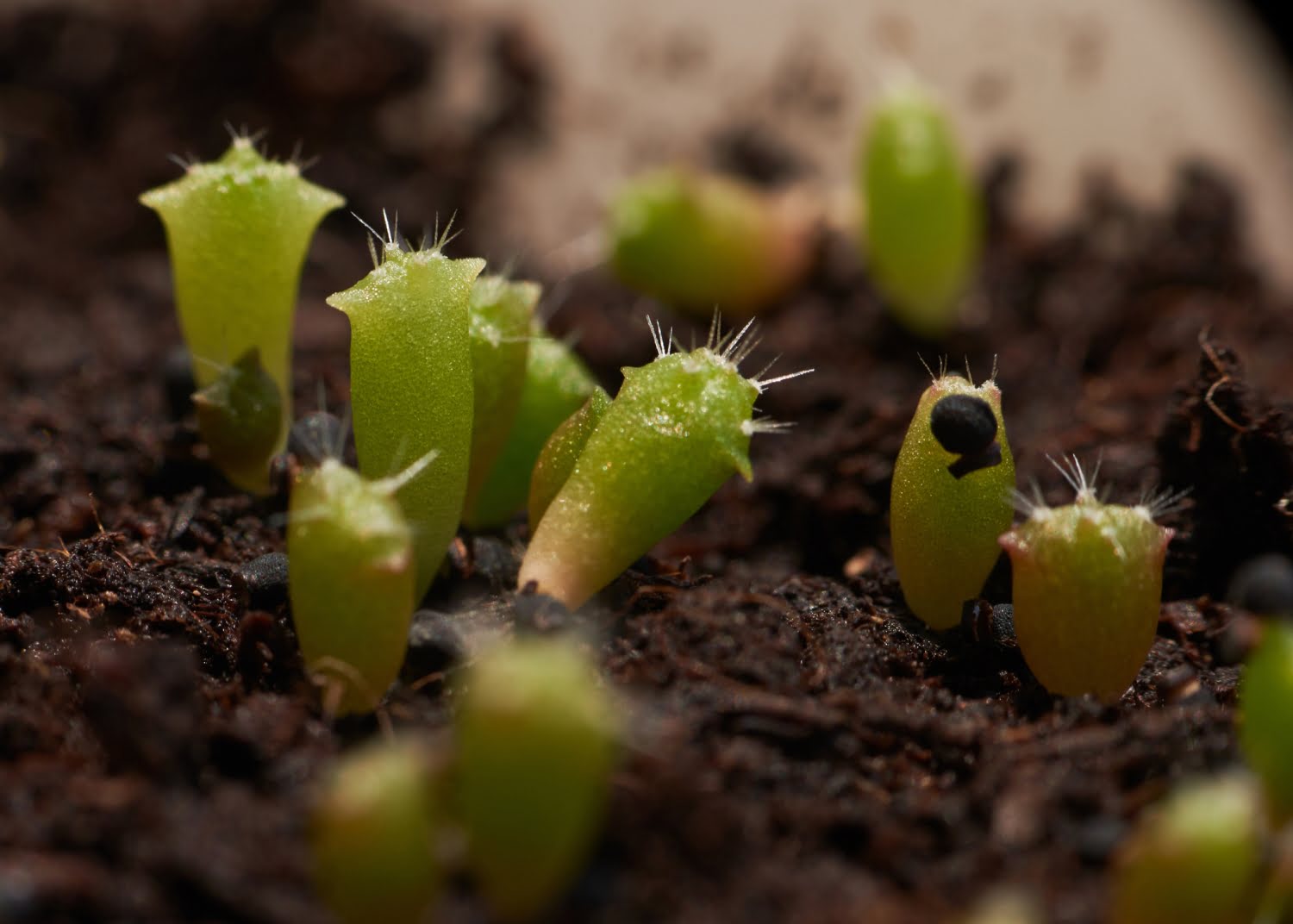
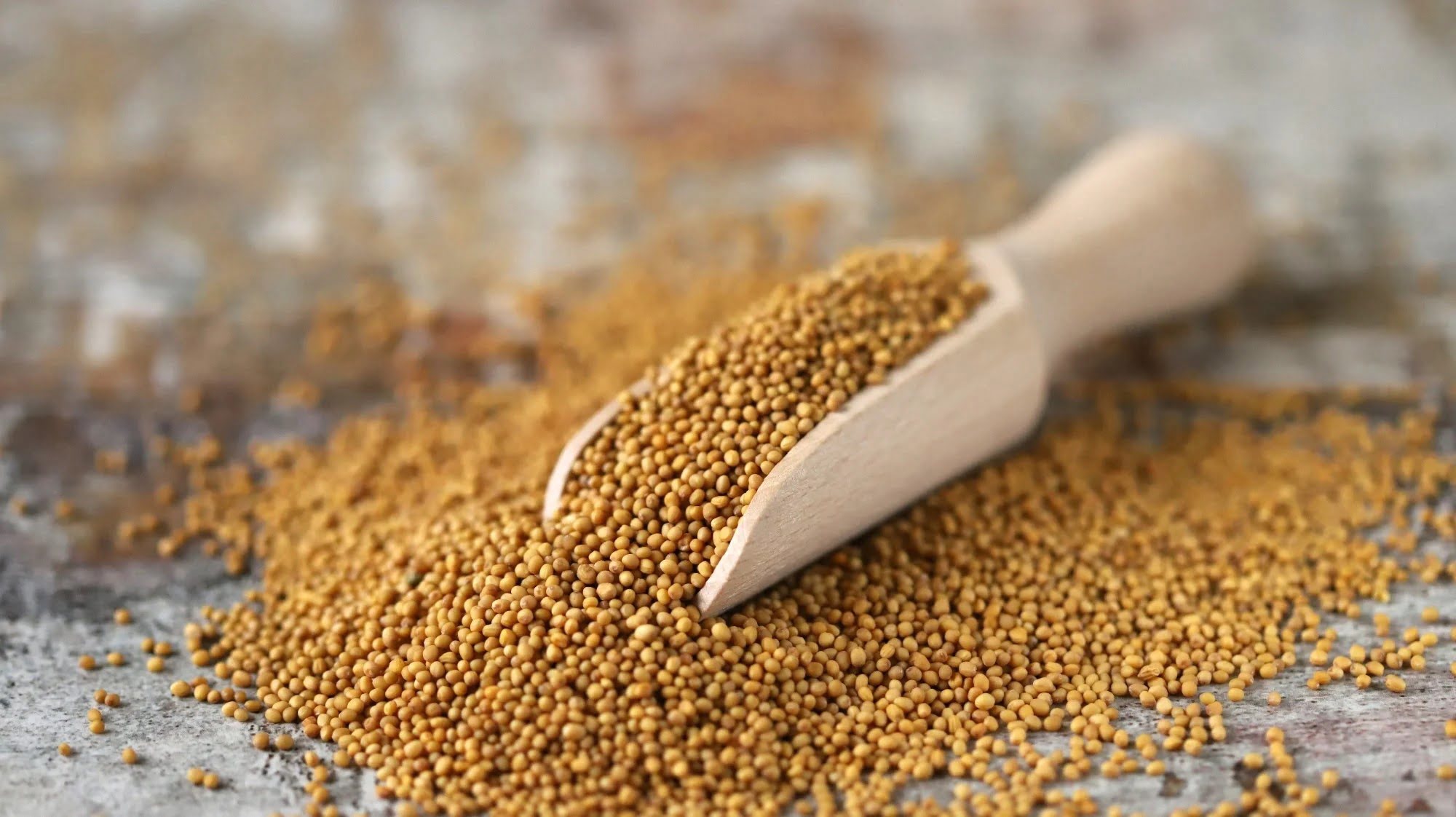

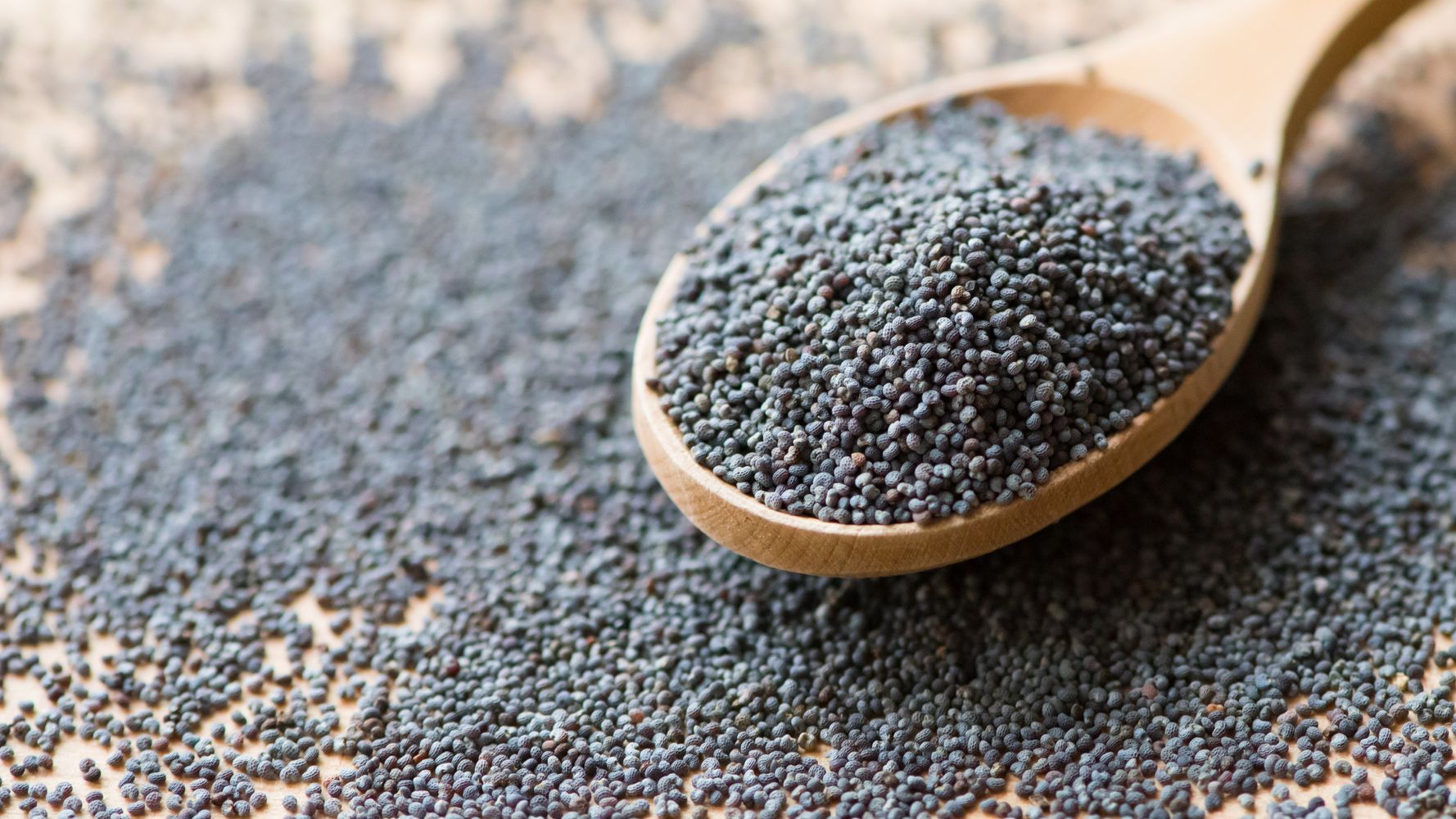
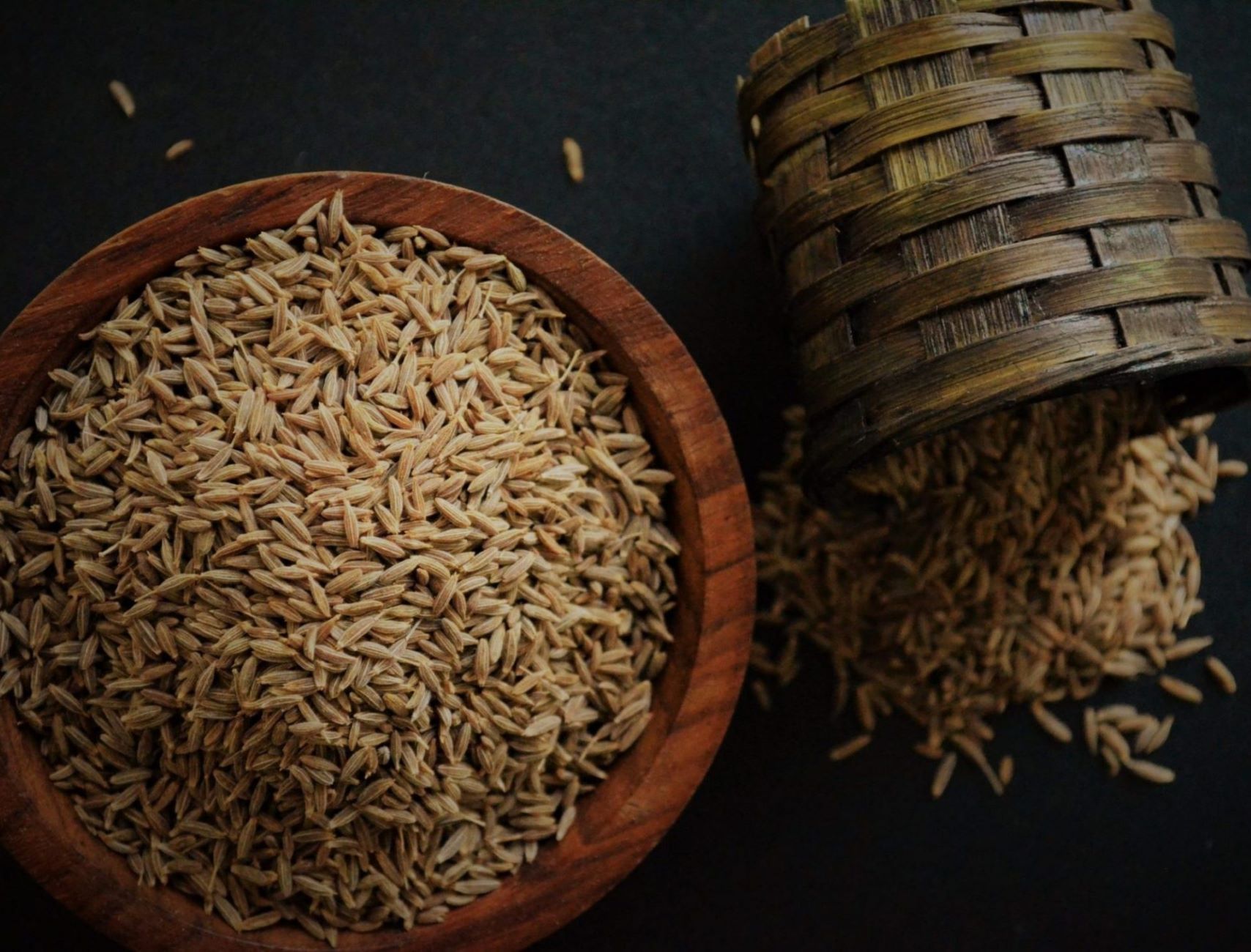
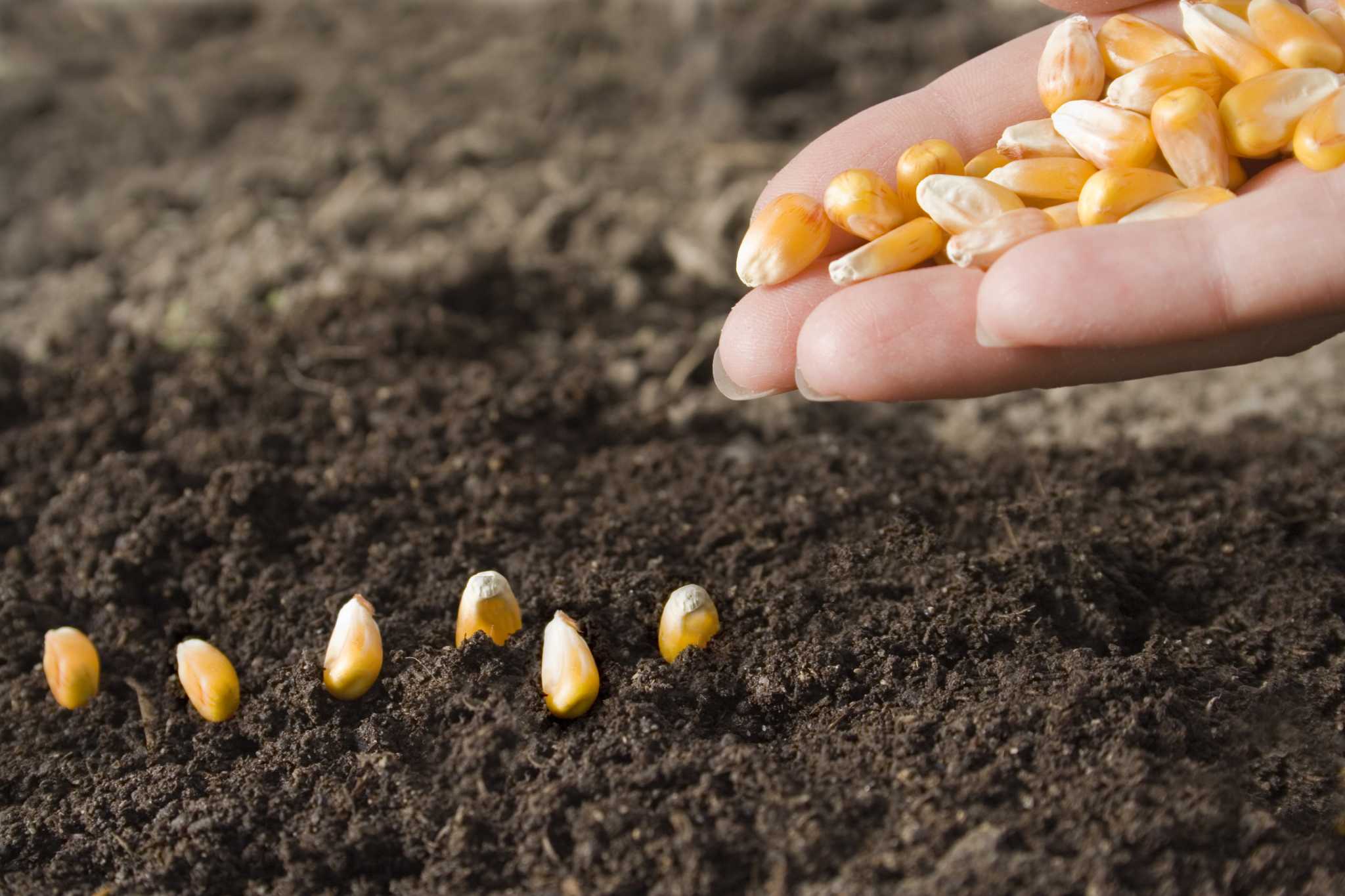
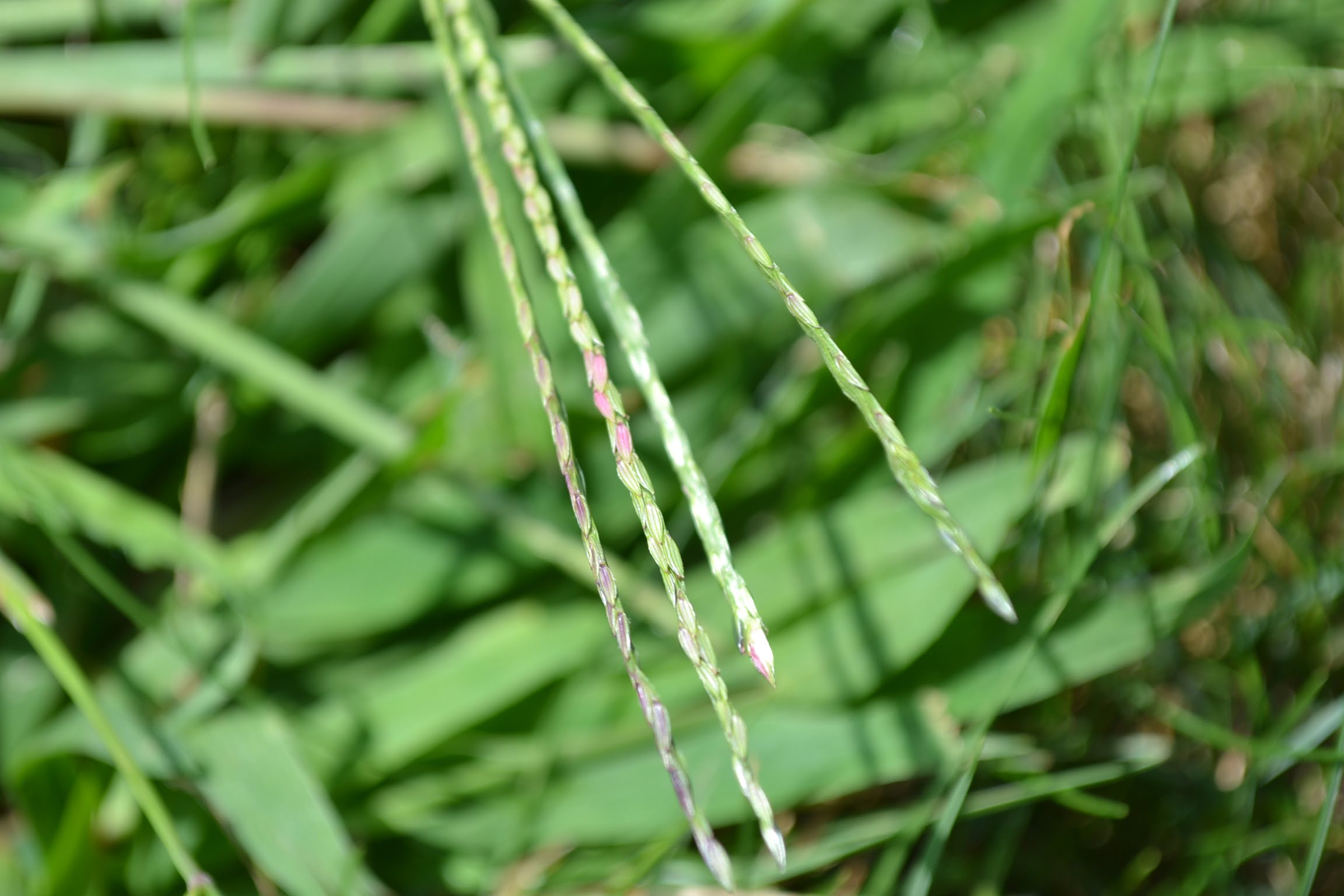
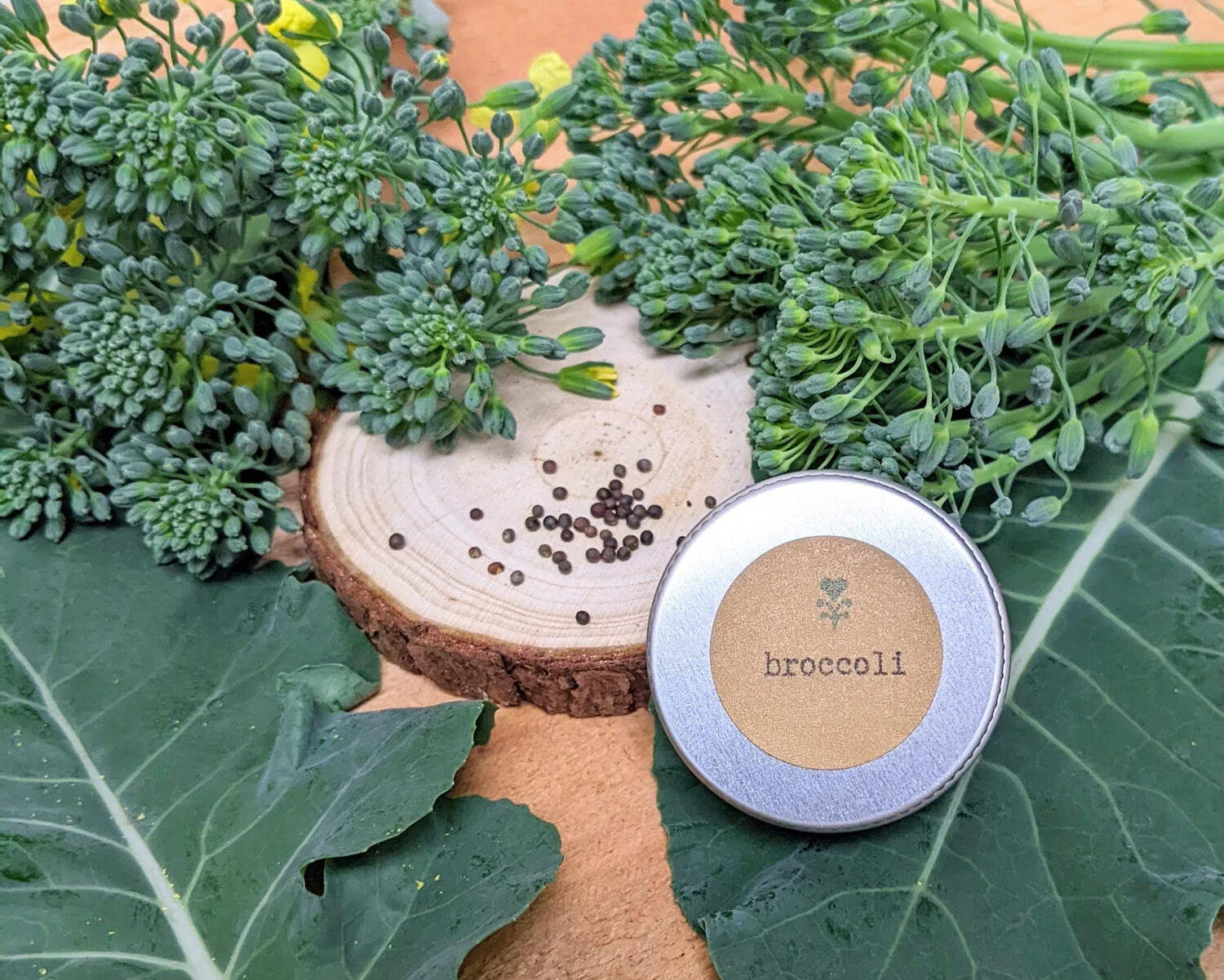
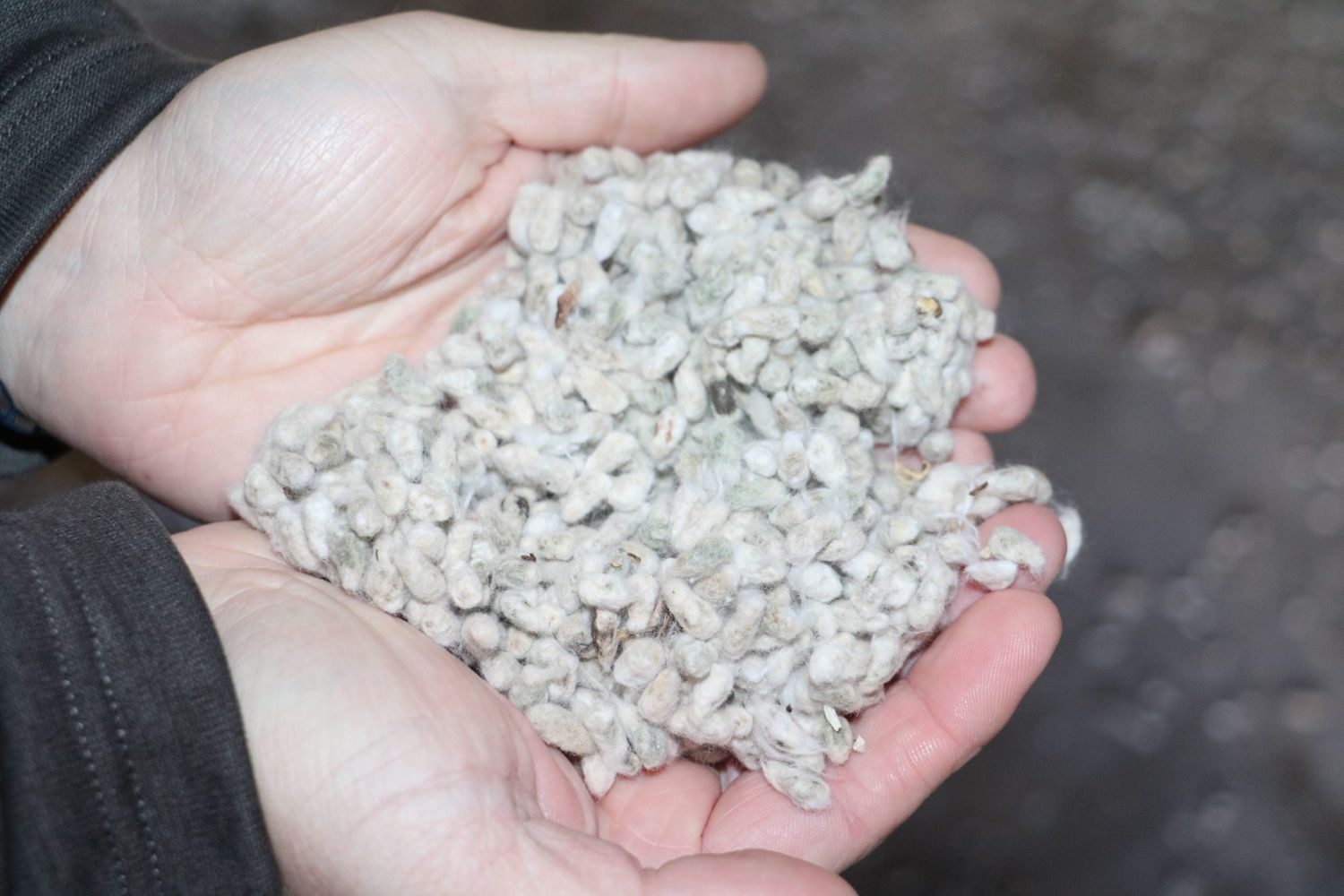
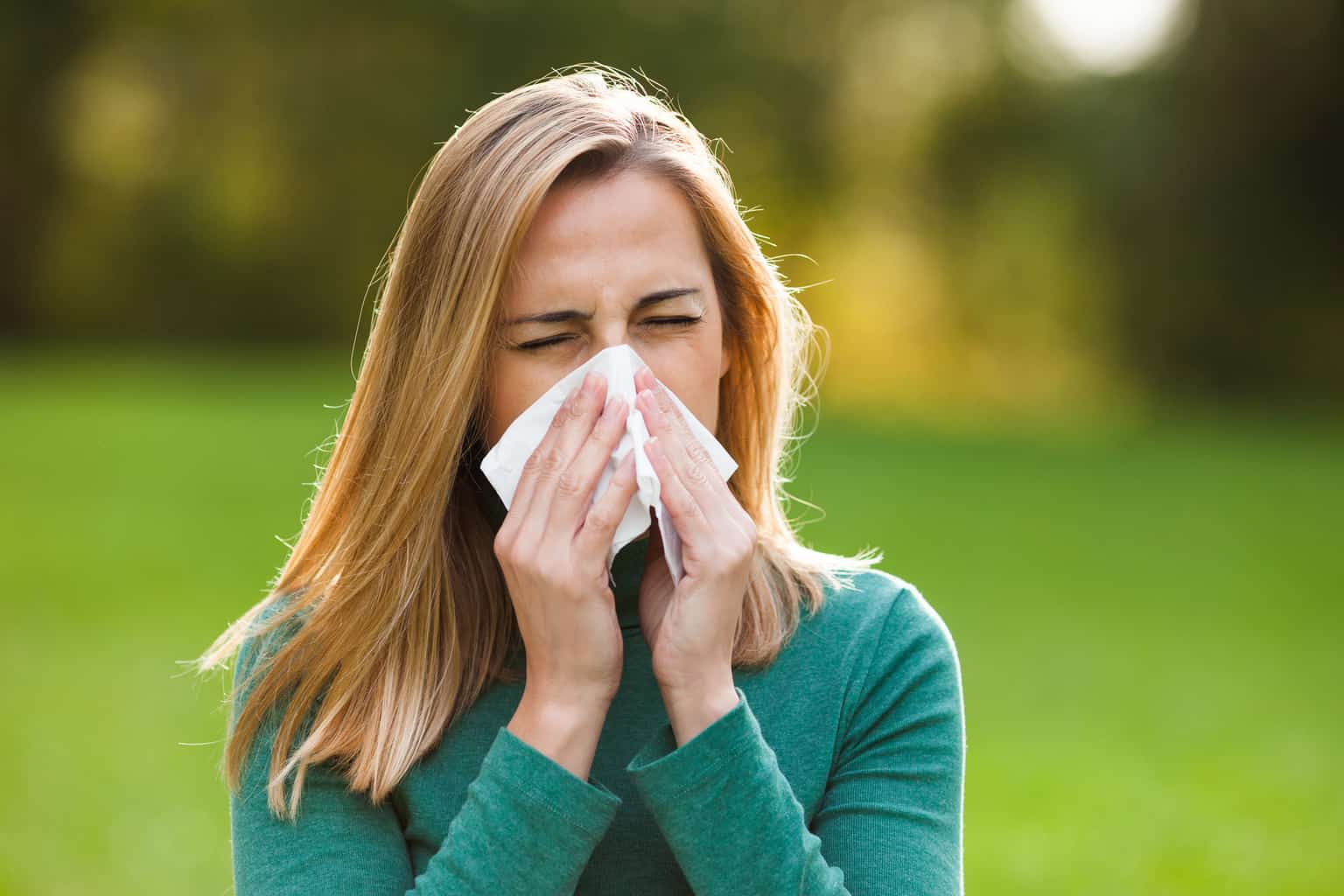
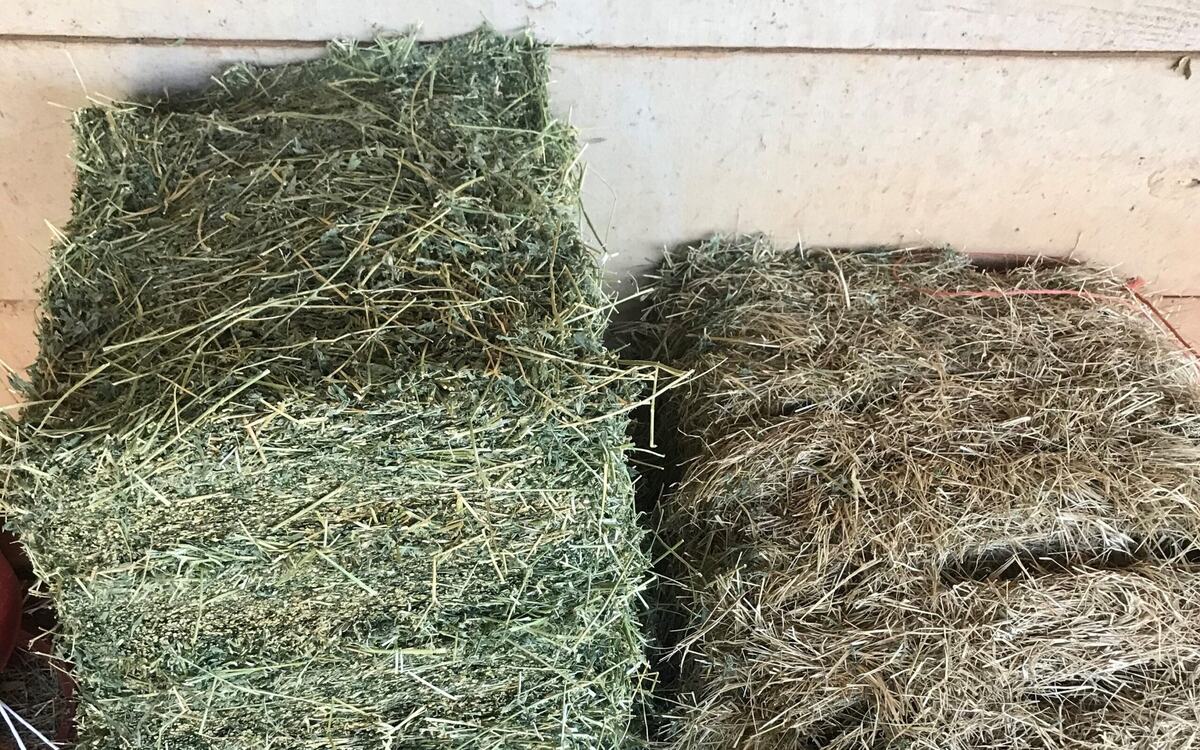
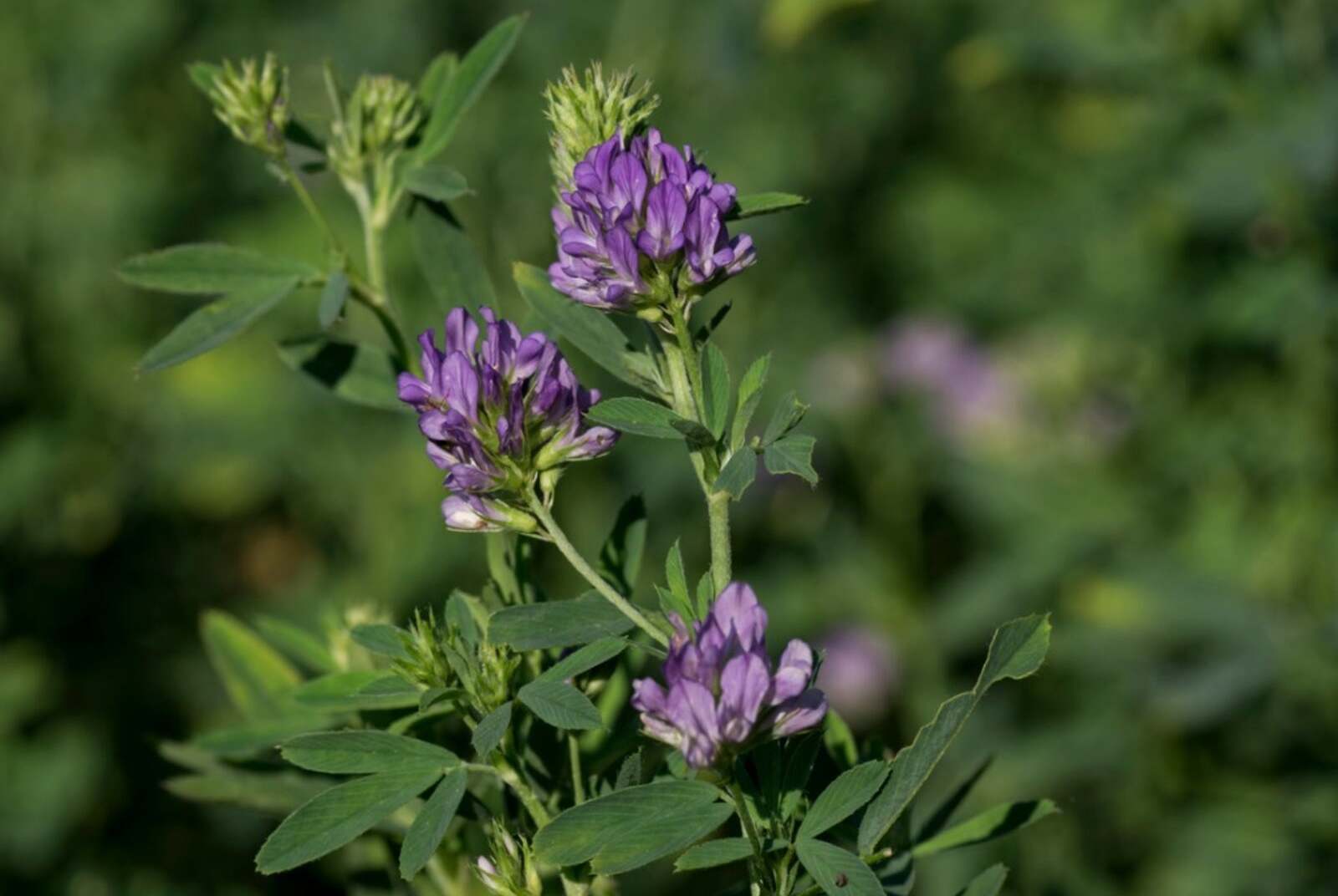
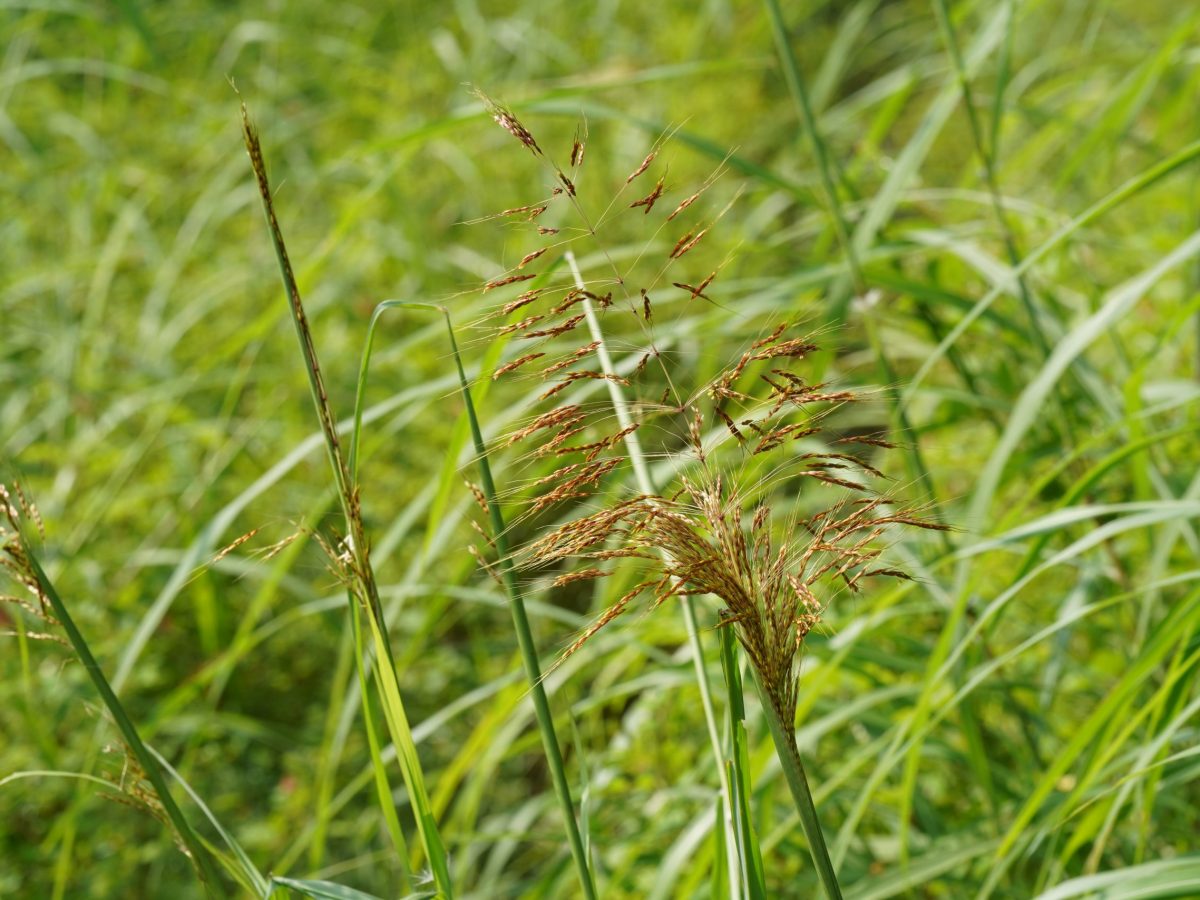
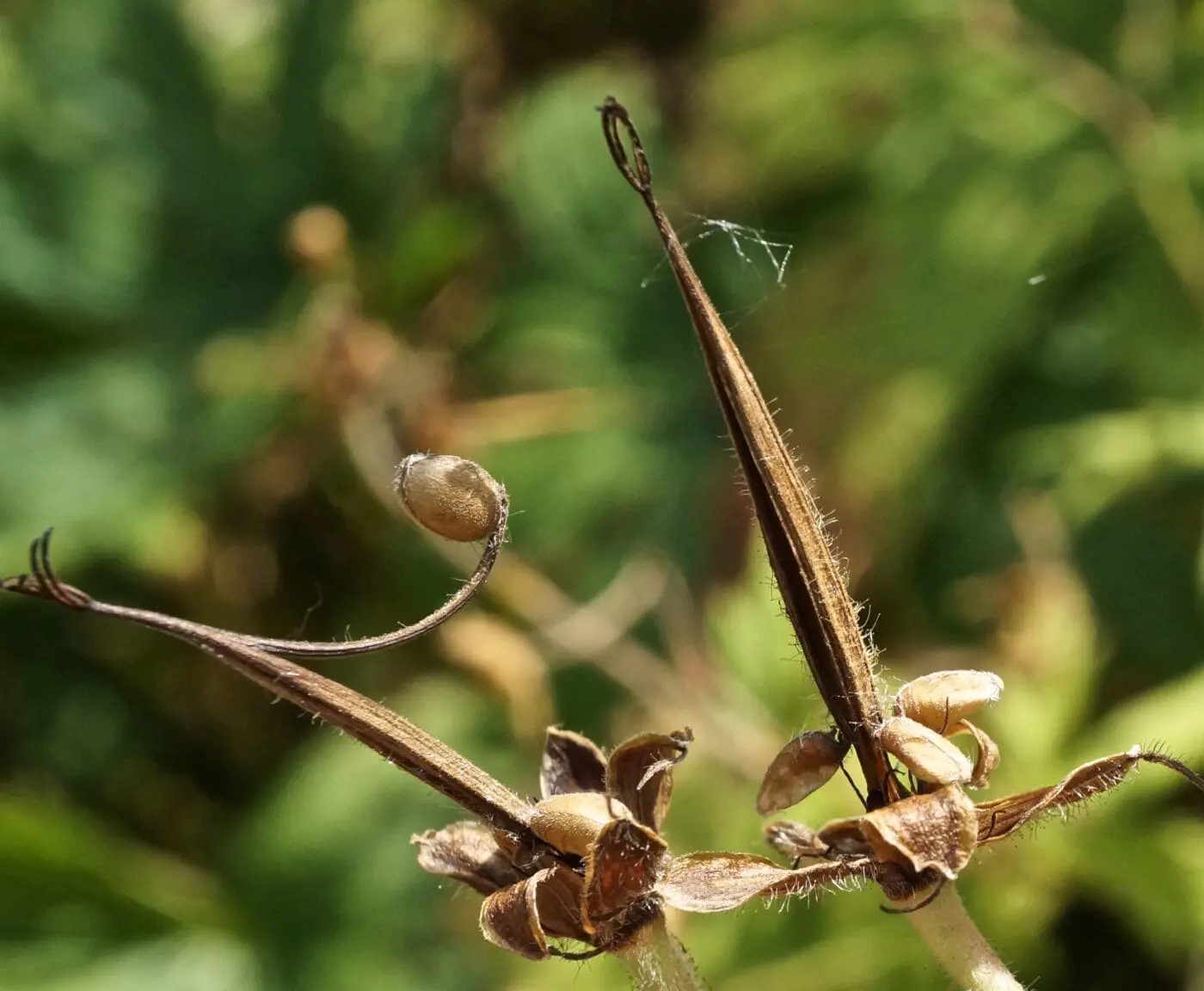

0 thoughts on “What Does Grass Going To Seed Look Like”